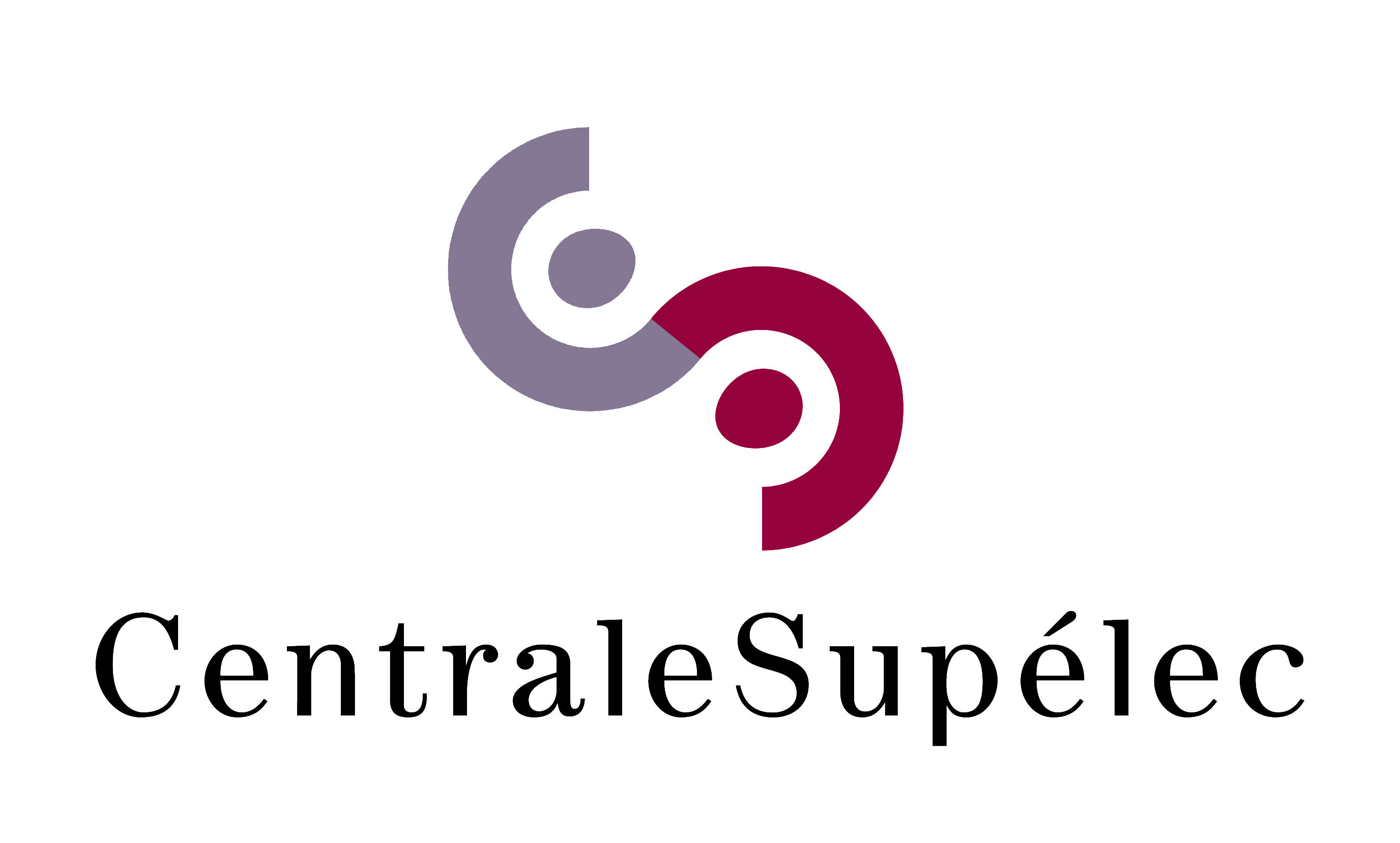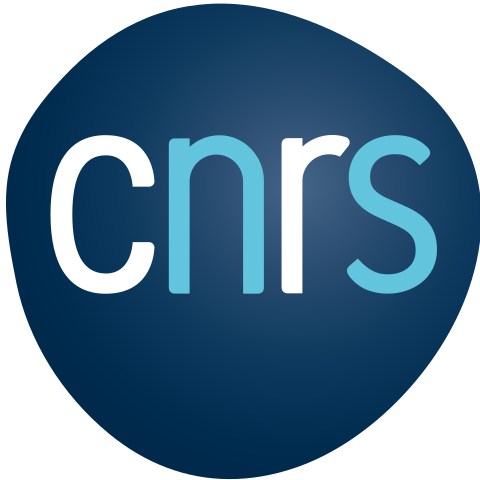Center for Visual Computing - CVN
Historical ReviewComputational vision is one of the most challenging research domains in engineering sciences. The aim is to reproduce human visual perception through intelligent processing of visual data. CVC aims at proposing innovative techniques towards automatic structuring, interpretation and modeling of big (visual) data. CVC was established on Sep. 2011 and is also associated with Inria Saclay, Ile-de-France unit through a joint project-team (GALEN). Its primary objective is to become a center of international scientific excellence in the field of computer vision, machine learning and medical imaging analysis. The computer vision problems that we work with can be broadly understood as serving the objective of scene understanding. Examples of such problems include:
Machine Learning and Optimization· Defining the Score. We need to specify a form of the score, which is often parametric in nature. Specifically, the likelihood is defined as a parametric function of features extracted from the data. Feature scan dramatically simplify subsequent tasks by eliciting those parts of the low-level signal that are of use for further processing, and removing irrelevant variations. The priors are defined as parametric potentials that capture an expert’s knowledge of the problem domain. For example, one such prior can favor random variables that are neighbors in space to take the same or similar labels. The relative score of assigning them the same or a different label will be a parameter of the graphical model.
· Learning. We need to estimate the parameters of the model. Typically, this is done by collecting training samples with annotations that represent the ground-truth output of the corresponding input. Ideally, the parameters should be estimated such that the score of the ground-truth output is greater than the score of all other outputs, while avoiding overfitting to the training data.
· Optimization. Given the score function whose parameters have been estimated using the training data, we would like to efficiently obtain the most likely output for a previously unseen input. This requires maximizing the score over all possible labelings of the unobserved random variables, which we shall henceforth refer to as inference (in a more restricted sense than visual inference, above).
Computer Vision· Object Detection. Given an image or a video depicting a natural scene, the goal of object Detection is to localize the instances of an object category of interest (such as ‘car ’or ‘person’). The localization is normally represented by a bounding box of the object.
· Pose Estimation. Given an image or a video containing an object, the goal of pose estimation is to automatically deduce the pose of the object. For example, the pose of a person is represented by the location, scale and rotation of the head, the torso and the half-limbs.
· Action Classification. Given an image or a video containing an object, the goal of action classification is to classify it as positive, that is, the object is performing an action of interest (such as ‘jumping’ or ‘running’), or negative, that is, the object is not performing an action of interest.
· Semantic Segmentation. Given an image or a video, the goal of semantic segmentation is to label each pixel or voxel as its semantic class (such as ‘car’, ‘person’, ‘tree’ or ‘road’).
Biomedical Image Analysis· Motion Estimation. Given a sequence of biomedical acquisitions taken over a period of time, The goal of motion estimation is to determine the pixel /voxel corresponding to each pixel/voxel in the previous time step, which can amount to estimating a non-rigid, potentially infinite dimensional deformation field.
· Image Registration. Given two biomedical acquisitions of the same organ obtained from the same or different subjects, the goal of image registration is to establish a point-to-point correspondence between the pixels/voxels of the organ. Similar to motion estimation, the point correspondences do not obey a simple form such as rigid transformations.
· Image Segmentation. Given a biomedical acquisition, the goal is to label each pixel/voxel as belonging to a class, such as ‘foreground’ or ‘background’; or different muscle groups.
Application Domains
- Complex industrial systems, (automation, optical flow, robotics, non destructive control) - Automotive (computer assisting driving, cruise control, parking assistance) - Health (computer aided diagnosis, computer assisted surgery, image biomarkers, )
Highlights of the Year· Microsoft ResearchFellowship : Pawan Kumar proposal on machine learning was retained for funding in the context of this program.
· Coursera: Pawan Kumar Mudigonda & Nikos Paragios introduced a new MOOC course (MOOC means Massive Open Online Courses) on discrete inference and learning in artificial vision on the Coursera platform with approx. 15,000 student enrollments (https://www.coursera.org/course/artificialvision).
· IBM Faculty Award : Nikos Paragios, has been awarded a 2014 IBM Faculty Award for his research work on visual analytics and his teaching involvement towards the creation of a novel/innovative curriculum in data sciences bringing together computer science, applied mathematics and statistics.
· Institut Universitaire de France : Nikos Paragios was appointed as Senior fellow of the Institut Universitaire de France
CHIFFRES CLÉS 2014· Professors, associate professors and researchers: 5 · PhD students : 17 · Engineers and administrative staff : 3 · Internships : 8 · patents : 1 · Publications of the year: 22 Grant support : 626 421 €
Academic partnersINRIA (FR), École des Ponts-ParisTech (FR), Henri Mondor University Hospital (FR), European Hospital Georges Pompidou (FR), Pitié-Salpêtrière Hospital (FR), Montpelier University Hospital (FR), Supélec (FR), Stanford University (USA), StonyBrook University (USA), Computer Science Department (USA), University of Pennsylvania (USA), University of California at Los Angeles (USA), Technical University of Munich (DE), University of Lugano (CH), University of Oxford (UK), University College London (UK), University of Oulu (Finland), Ecole Polytechnique de Montreal (CA), International Institute of Information Technology, Hyderabad (IN).
Partnerships and CooperationsDigiteo, Medicen, Cap Digital
Bilateral Contracts and Grants with IndustryGeneral Electric Health Care, Siemens Medical Solutions, Intrasense, LLTECH
CONTACT
Director : Jean-Christophe Pesquet Phone : +33 (0)1 75 31 67 76 |
|



